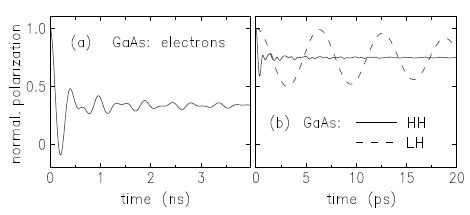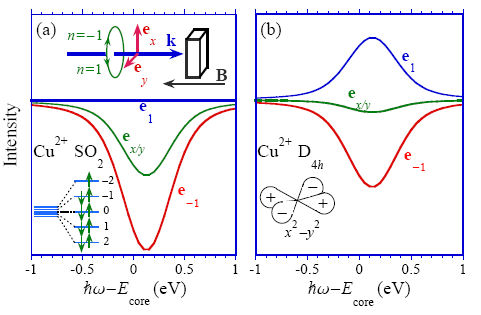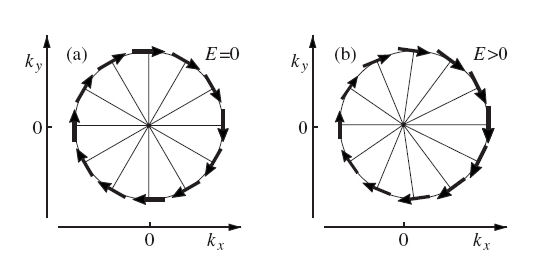| Highlights |
|
Orbital reconstruction and covalent bonding at an oxide interface J. Chakhalian, J. W. Freeland, H.-U. Habermeier, G. Cristiani, G. Khaliullin, M. van Veenendaal, and B. Keimer (12.2007) Science 318, 114 (2007) Orbital reconstructions and covalent bonding must be considered as important factors in the rational design of oxide heterostructures with engineered physical properties. We have investigated the interface between high-temperature superconducting (Y,Ca)Ba2Cu3O7 and metallic La0.0.67Ca.0.33MnO3 by resonant x-ray spectroscopy. A charge of about -0.2 electron is transferred from Mn to Cu ions across the interface and induces a major reconstruction of the orbital occupation and orbital symmetry in the interfacial CuO2 layers. In particular, the Cu 3z2-r2 orbital, which is fully occupied and electronically inactive in the bulk, is partially occupied at the interface. Supported by exact-diagonalization calculations, these data indicate the formation of a strong chemical bond between Cu and Mn atoms across the interface. Orbital reconstructions and associated covalent bonding are thus important factors in determining the physical properties of oxide heterostructures. APS HIGHLIGHT |
|
Spin polarization decay in spin-1/2 and spin-3/2 systems D. Culcer and R. Winkler (12.2006) Phys. Rev. B 76, 195204 (2007) We present a general theory for spin polarization decay due to the interplay of spin precession and momentum scattering that is applicable to both spin-1/2 electrons and spin-3/2 holes and that allows us to identify and characterize a wide range of qualitatively different regimes. The spin polarization of ballistic carriers is reduced by spin dephasing, which is characterized by a non-exponential time dependence and results in an incomplete decay of the spin polarization. For weak momentum scattering or fast spin precession, the spin relaxation time is proportional to the momentum relaxation time. For strong momentum scattering and slow spin precession we recover |
|
Prediction of strong dichroism induced by x-rays carrying orbital momentum M. van Veenendaal and I. McNulty Phys. Rev. Lett. 98 , 157401 (2007) We predict the presence of strong dichroic effects induced by x-ray beams carrying orbital angular momentum (OAM). Taking the difference between spectra obtained with positive and negative OAM states allows the separation of quadrupolar from dipolar transitions at, e.g., the transition-metal K edges, enabling the study of the unoccupied states in the absence of strong core-hole effects. We study the dependence of OAM-induced x-ray dichroism on different polarization vectors and derive sum rules that relate the integrated intensity to ground-state hole densities. Calculations of spectral line shapes for cuprates, manganites, and ruthenates confirm the strong OAM-induced dichroism and indicate the potential of this new spectroscopy in, e.g., the fields of orbital physics |
|
Generation of spin currents and spin densities in systems with reduced symmetry D. Culcer and R.Winkler Phys. Rev. Lett. 99, 226601 (2007) We show that the spin-current response of a semiconductor crystal to an external electric field is considerably more complex than previously assumed. While in systems of high symmetry only the spin-Hall components are allowed, in systems of lower symmetry other non-spin-Hall components may be present. We argue that, when spin-orbit interactions are present only in the band structure, the distinction between intrinsic and extrinsic contributions to the spin current is not useful. We show that the generation of spin currents and that of spin densities in an electric field are closely related, and that our general theory provides a systematic way to distinguish between them in experiment. We discuss also the meaning of vertex corrections in systems with spin-orbit interactions. |




